Propolis — the Honey bee’s sticky glue… And so much more
There is a sweet little secret inside a bee hive and only a handful of people know the value of this secret. I’m talking about that sticky substance that holds all your frames together and gets all over your bee suit, hive tools, and gloves — propolis. Or as some call it — bee glue or even Russian penicillin. No matter what you call it, propolis as a medicinal form has been used for thousands and thousands of years — from ancient Greeks who used it to treat abscesses, Assyrians who would put it on wounds and tumors to fight infection and help heal the tissues, to our Egyptian ancestors who would use propolis in their embalming techniques. Propolis has been around for quite some time and is still used to this day.
So What is Propolis?
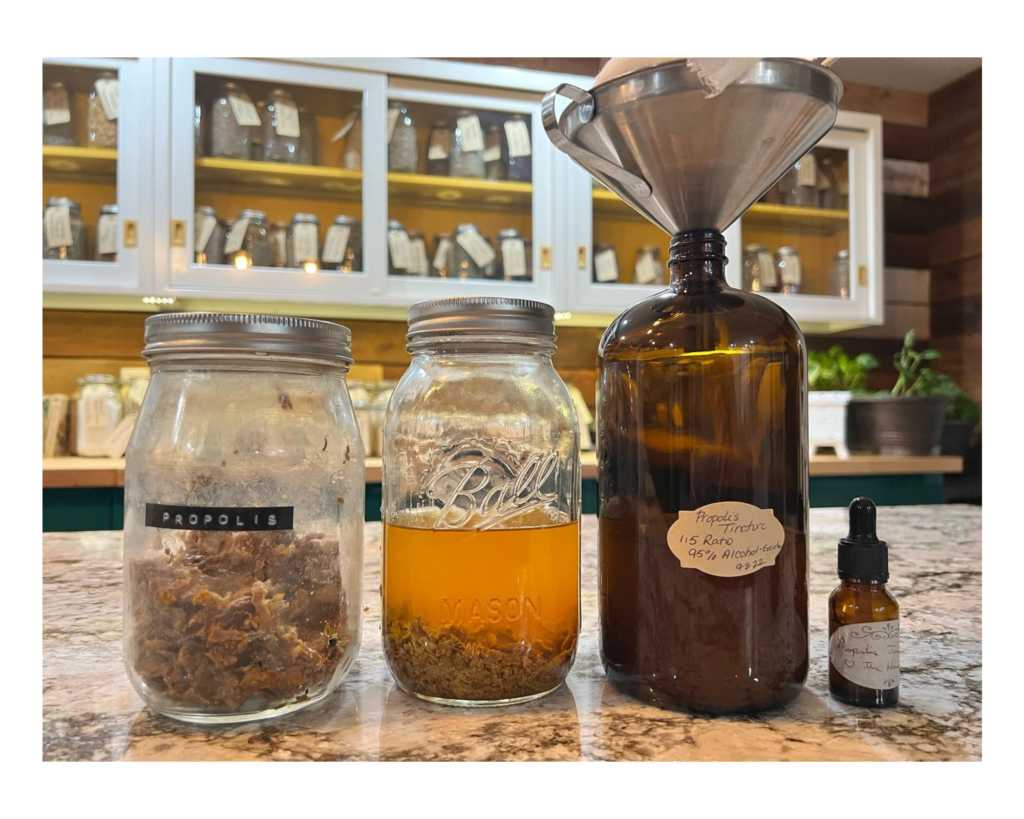
Propolis is a resin-like substance produced from tree resin and sap collected by bees. Propolis has a cement-like sealant and is used to repair and maintain beehives, and reduce the occurrence of microorganisms inside the hive. Honey bees are extremely hygienic and in order to protect their colony from fungi or bacteria that will cause disease, they must clean and seal their hive. Much like pollen and nectar collected by the forager bees from many sources, propolis is collected by a variety of trees that include: cottonwood, birch, alder, poplar, aspen, willow, maple, oak, and other varieties in the deciduous category.
When these trees bud, they exude these resins around the bud that protect the tree from fungi and other diseases. It’s fascinating that a honey bee instinctually knows that this same resin-like substance can protect its colony from disease and destruction.
How do bees make propolis?
Forager bees collect the resins and carry them back to the hive on their legs in their pollen baskets. The resinous-like sap is so sticky that the forager bees cannot unload it by themselves so they need to have another bee unload their treasure for them. Once removed, the bees mix the collected resins with wax, honey, and enzymes from their stomachs to turn it into the beneficial substance we call propolis.
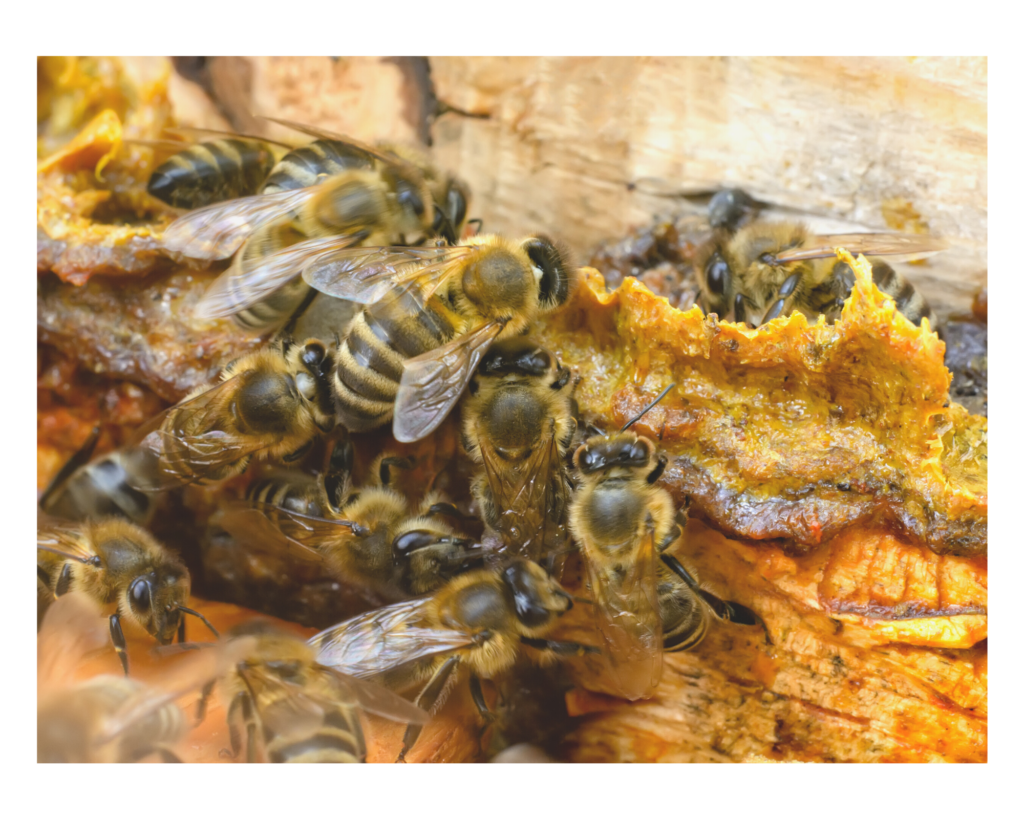
Propolis is composed of 45%-55 % tree resins, 25%-35% wax and fatty acid, 10% essential oils and aromatic compounds (phenolics), 5% pollen, and 5% plant debris. These percentages can vary based on the trees within the foraging radius of the bees. Propolis has a sweet vanilla-like aroma and when warm, propolis has the texture of chewing gum. During the colder months, propolis is brittle. Many beekeepers will pop a chunk of propolis in their mouth and chew on it while they go about their hive inspections.

Ingredients
- 10 grams propolis scrapings
- 7 0 z olive oil
Instructions
- Mix the propolis and heat to 122°F. Stir and heat for at least 30 minutes and let set for 4 hours.
- Strain this mixture and store the remaining propolis in the freezer as it can be used again. Keep it in an amber dropper bottle, and store it in your medicine cabinet.
Presently, there have been over 300 different components identified in propolis. This varies depending on the area that the honey bees forage, but among the active ingredients reported are essential oils from plants like thyme, basil, and borage (and many others), along with tree resins from the deciduous variety. Propolis also contains vitamins B1, B2, C, E, amino acids, minerals, sugars, flavonoids, phenols, flower pollen, terpenes, calcium hydroxide, and more.
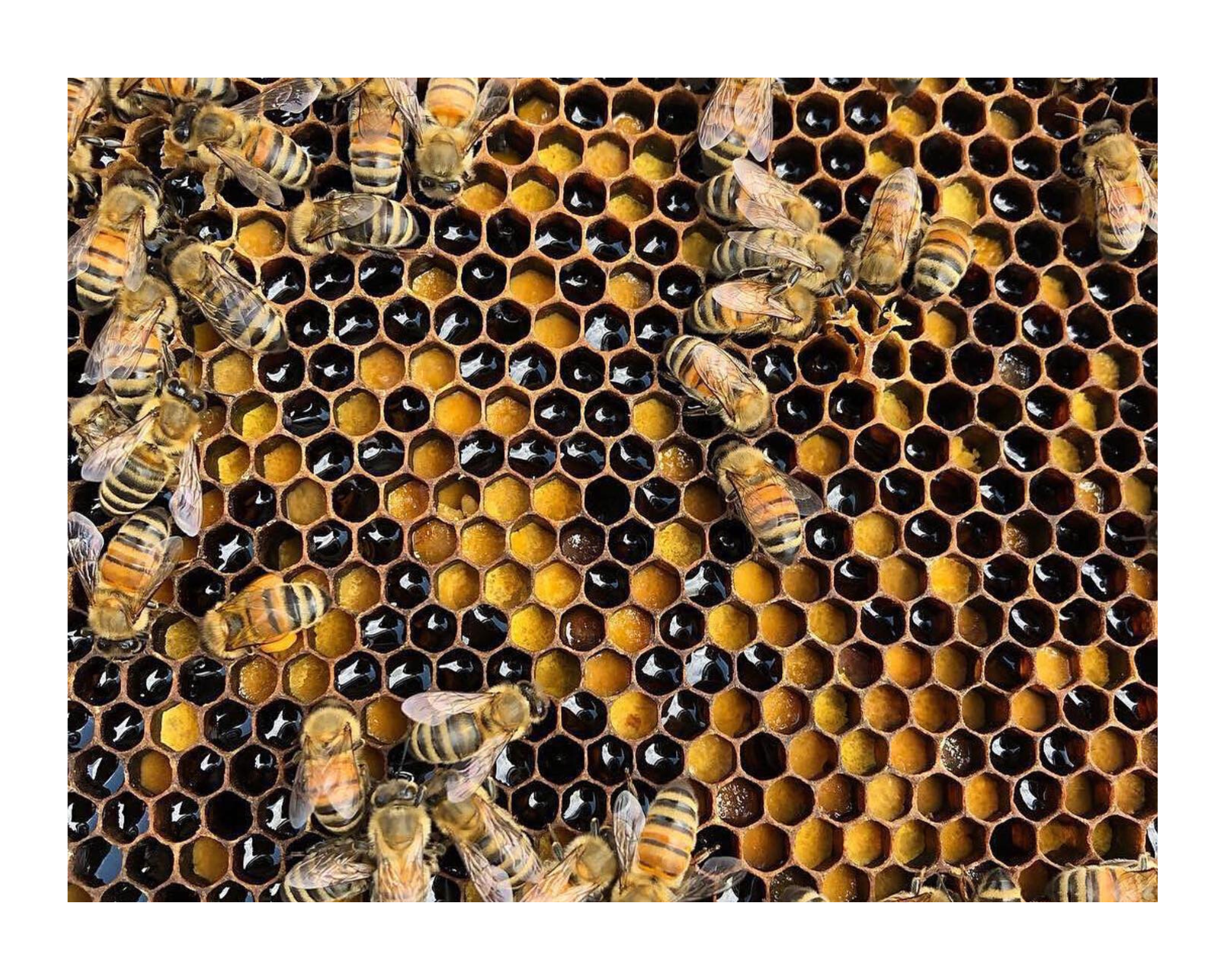
Instructions
- Mix two parts propolis by weight to nine parts of clear grain alcohol, by weight (we use 95 proof Everclear) (Do not use ethanol alcohol – it is poisonous!).
- Mix together in a lidded container, such as a canning jar.
- Shake. Store in a dark place. Shake two to three times a day for one to two weeks.
- Strain and store in a dark place or in a dark jar. You can collect and store the propolis left in in the filter, as it may be reused for another tincture or oil (store in the fridge or freezer).
- Keep in an amber dropper bottle.
Precautions
- If you have any concerning underlying health conditions — please consult a medical professional before using propolis.
- Avoid propolis if pregnant or breastfeeding as there is not enough research that indicates otherwise.
- Avoid using propolis if you have asthma.
- Do not use propolis if you are allergic to bee byproducts.
- Propolis might increase the risk of bleeding.
Propolis Medicinal Actions:
- Antiviral, bacteria, and fungal — much like the hive, propolis used in and on your body can help your body destroy microorganisms and promote tissue healing.
- Blocks histamines — propolis can help your body block histamines from seasonal allergies, and eczema.
- Antioxidant — Propolis helps protect your body from cell damage due to free radicals. Free radicals contribute to the aging process and may also contribute to the development of chronic diseases such as cancer and heart disease.
- Anti-Inflammatory — propolis can reduce inflammation especially in the mouth and gum area.
- Hepatic — propolis protects the liver from toxins, disease, and injury.
- Vulnerary — Propolis has many wound-healing properties of the tissues and speeds the rejuvenation of skin, but it even is said to boost bone health and reduce dentin permeability on your teeth.
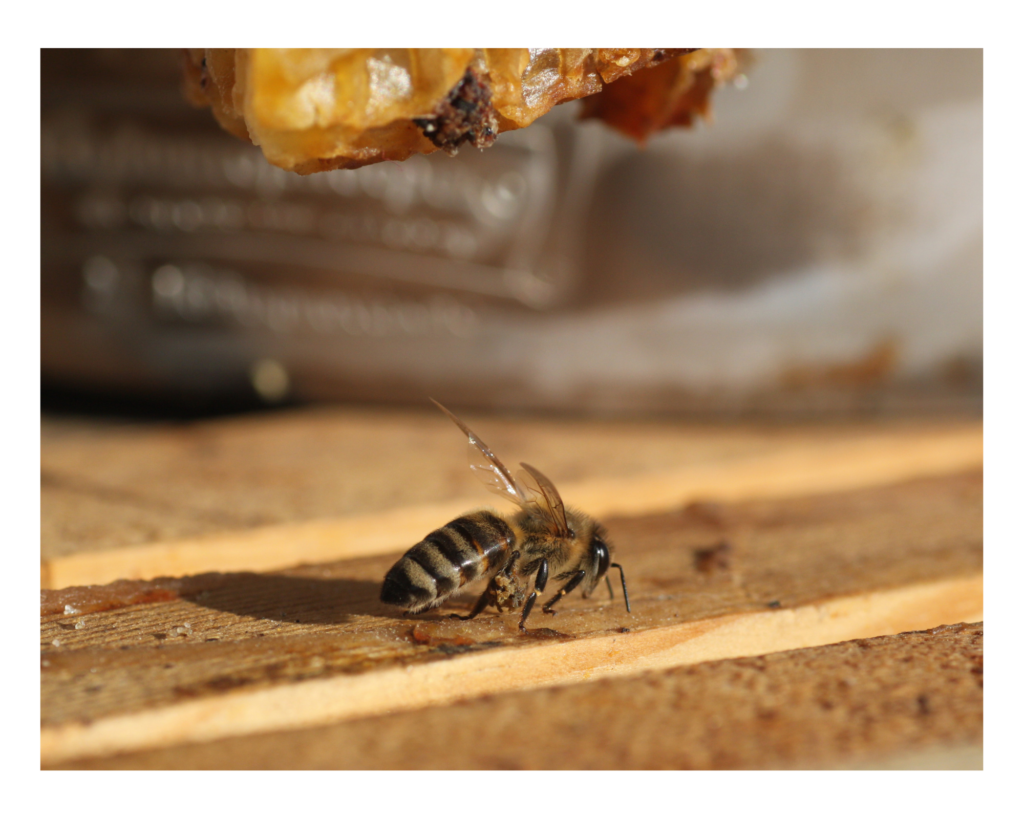
Homesteaders and health-conscious folks are always looking for natural solutions that can be integrated into everyday life. I hope this brief information is enough to inspire you to give propolis products a closer look. The medicinal properties and potential health benefits are well worth investigating. If you already have bees — or know someone who does — you may have access to some of the most potent and vitamin-packed resources that nature has to offer!
Article sources:
- Propolis: A new frontier for wound healing? https://www.ncbi.nlm.nih.gov/pmc/articles/PMC4964312/
- Bee Products for Better Health, C. Leigh Broadhurst, PhD, 2013
- Castaldo, Stefano, and Francesco Capasso. “Propolis, an old remedy used in modern medicine.” Fitoterapia, 73 (2002): S1-S6.
- Ghisalberti EL (1979), Propolis: A review. Bee World, 60, 59-84
- Grange, J.M., and R.W. Davey, “Antibacterial properties of propolis (bee glue).” Journal of the Royal Society of Medicine 83.3 (1990): 159-160.
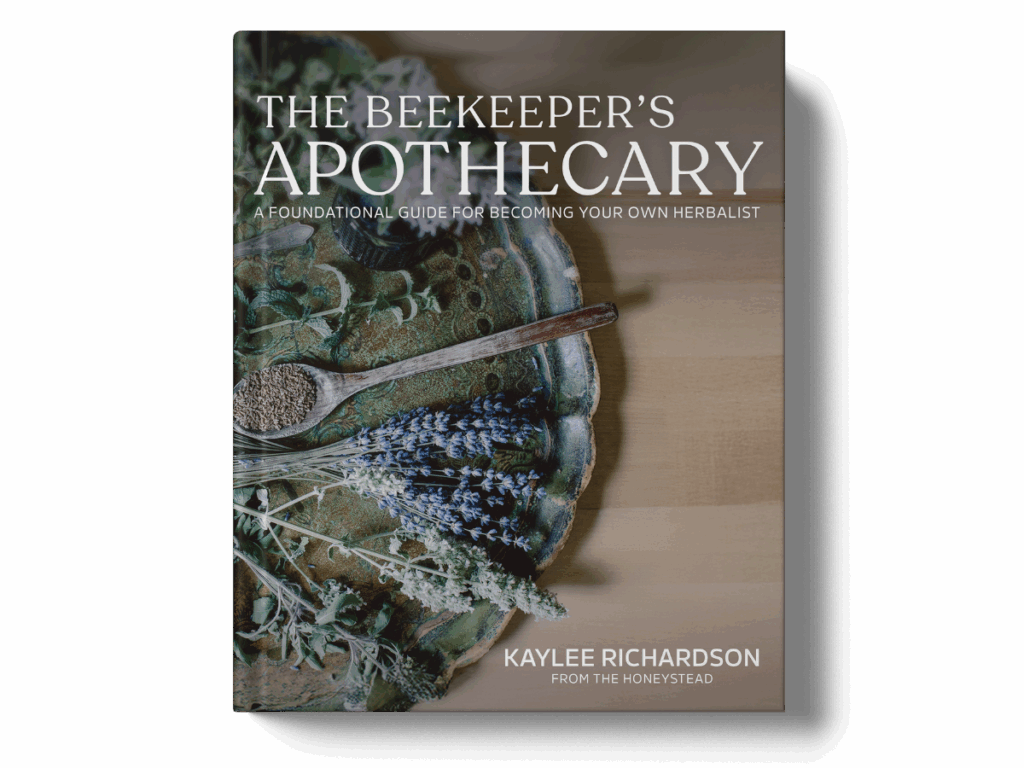
THE BEEKEEPER’S APOTHECARY
BY KAYLEE RICHARDSON
This gorgeous book is your “easy button” to becoming a confident home herbalist, explaining the uses of over 100 herbs for helping with everything from respiratory relief to skin care.



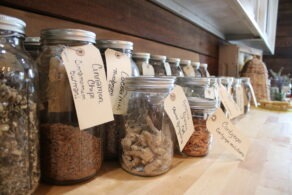


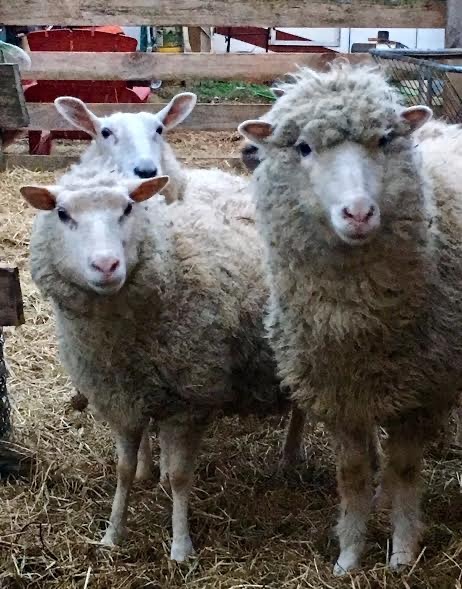
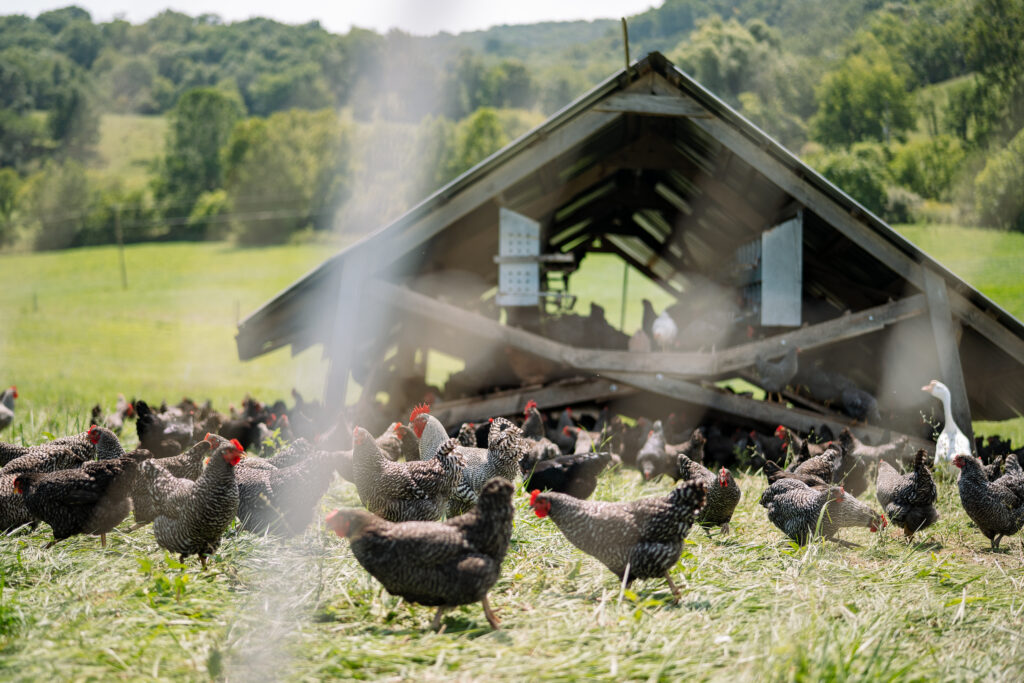
Leave a Reply